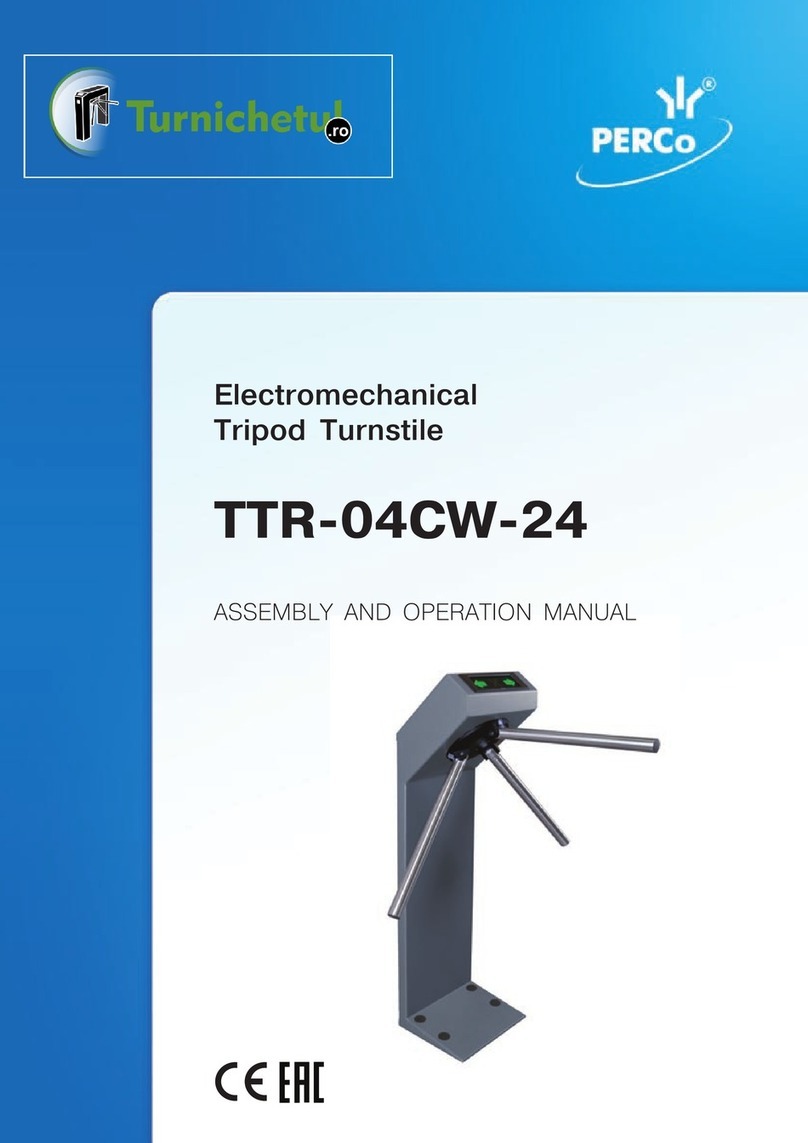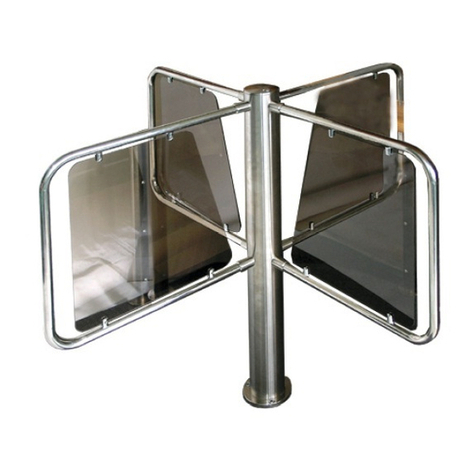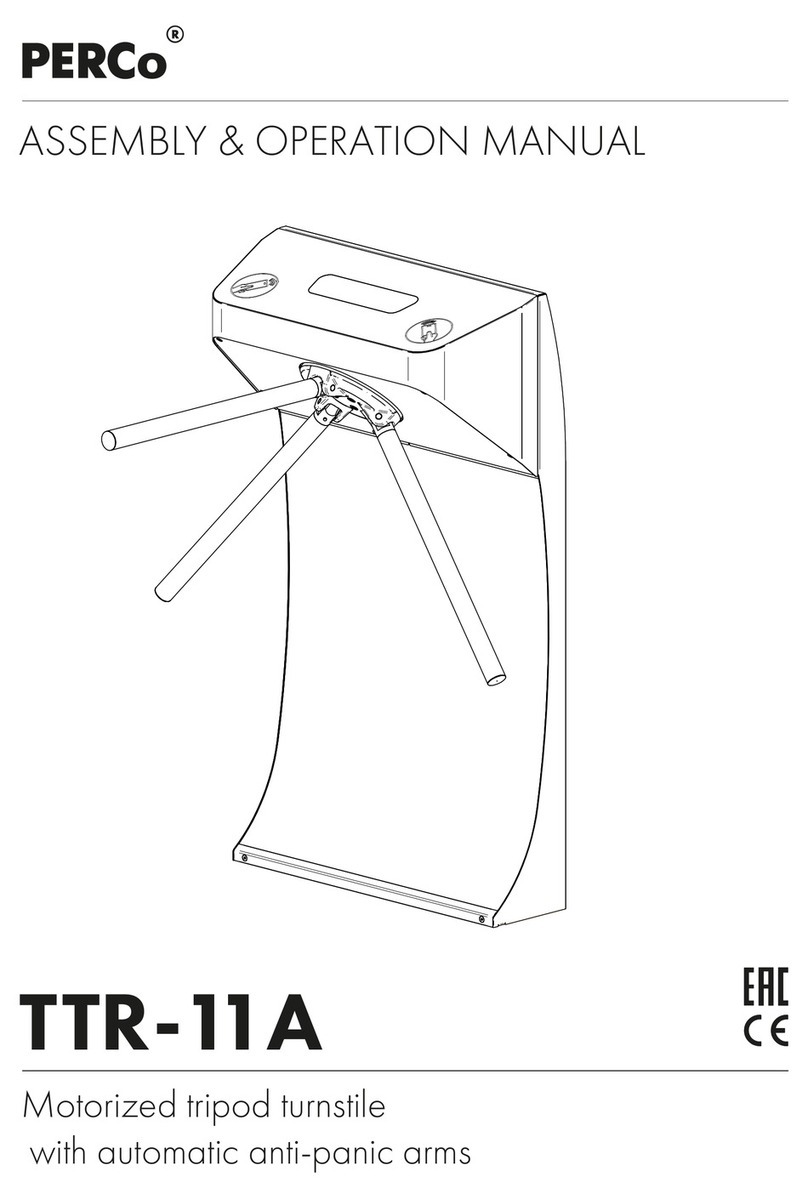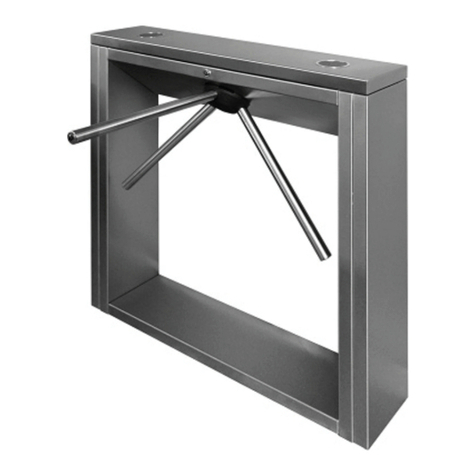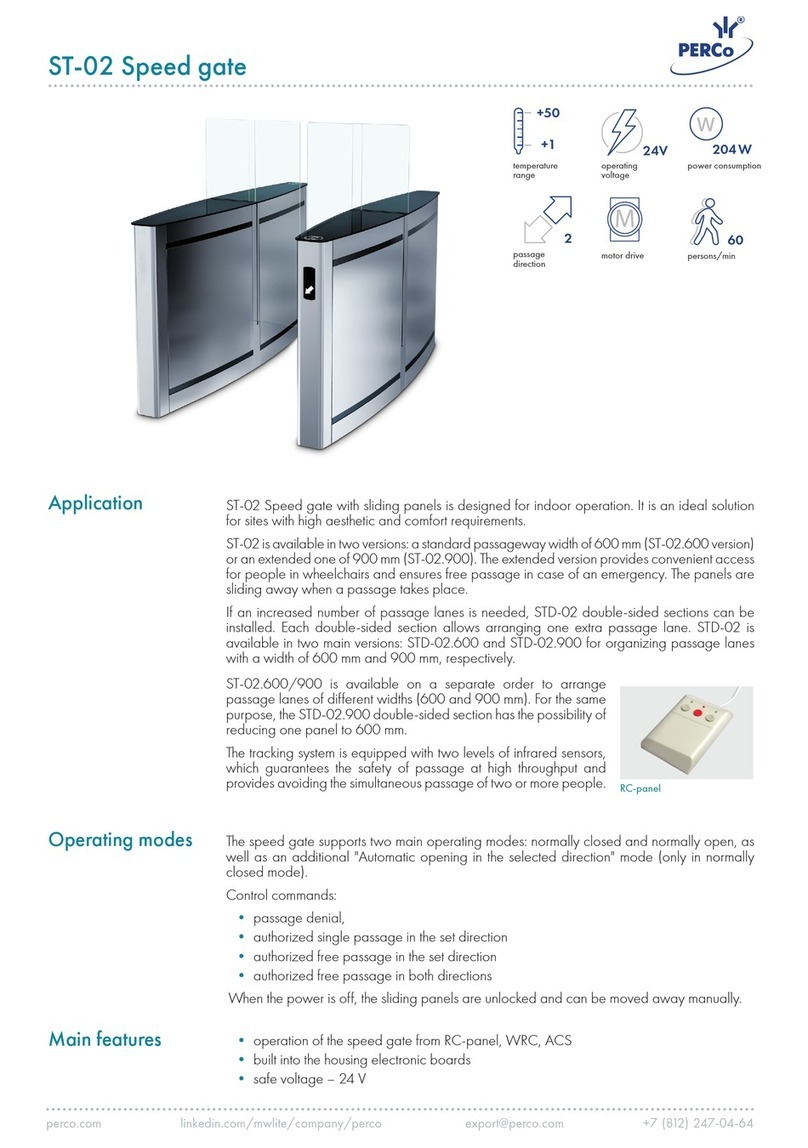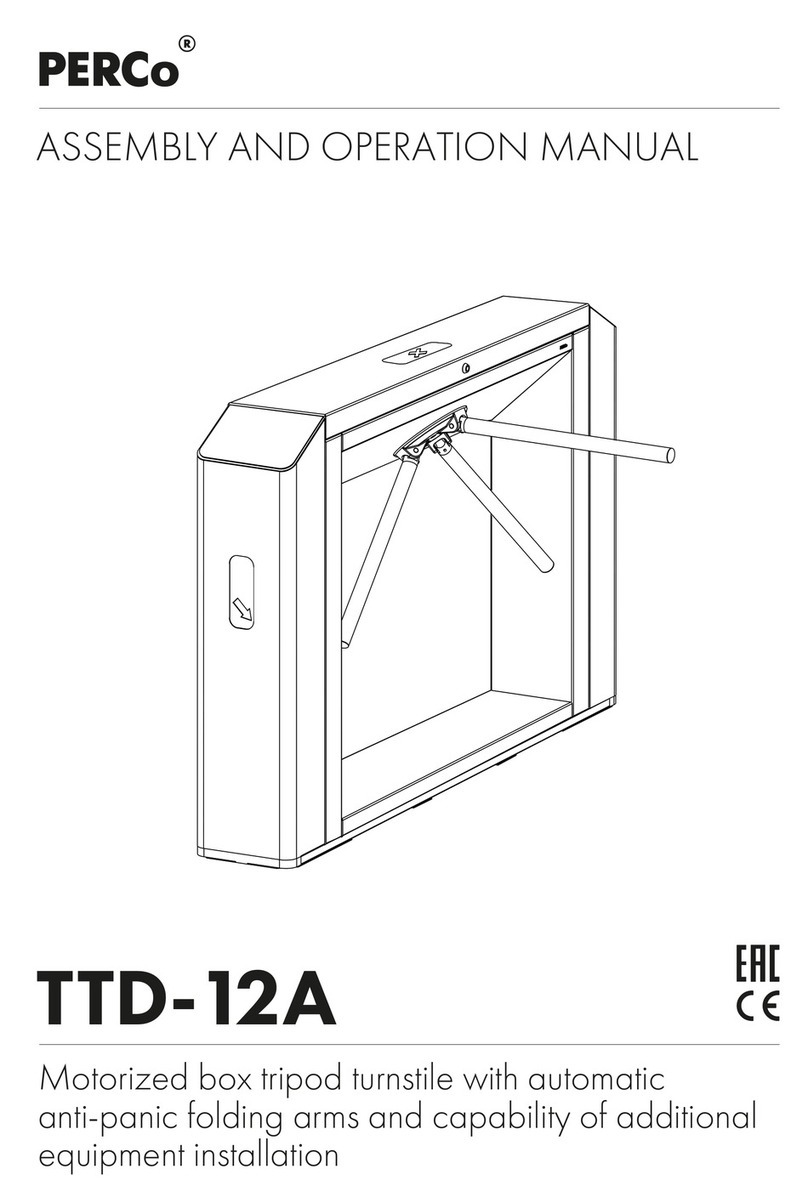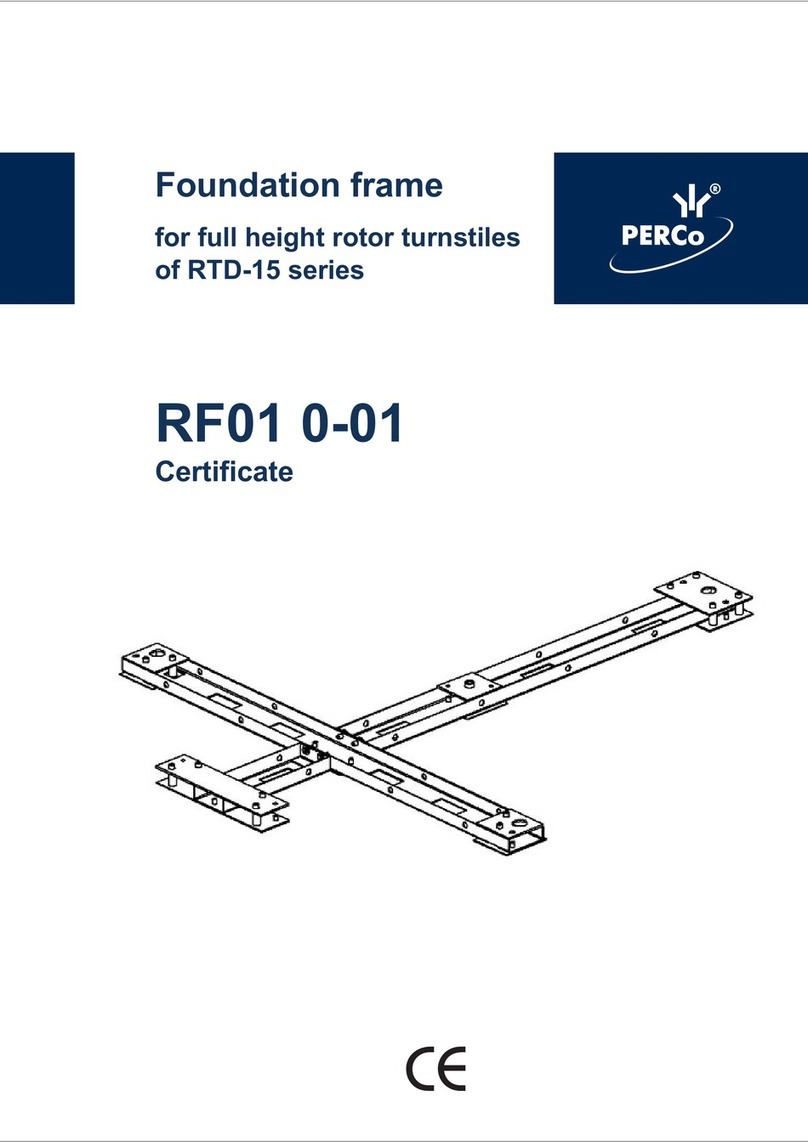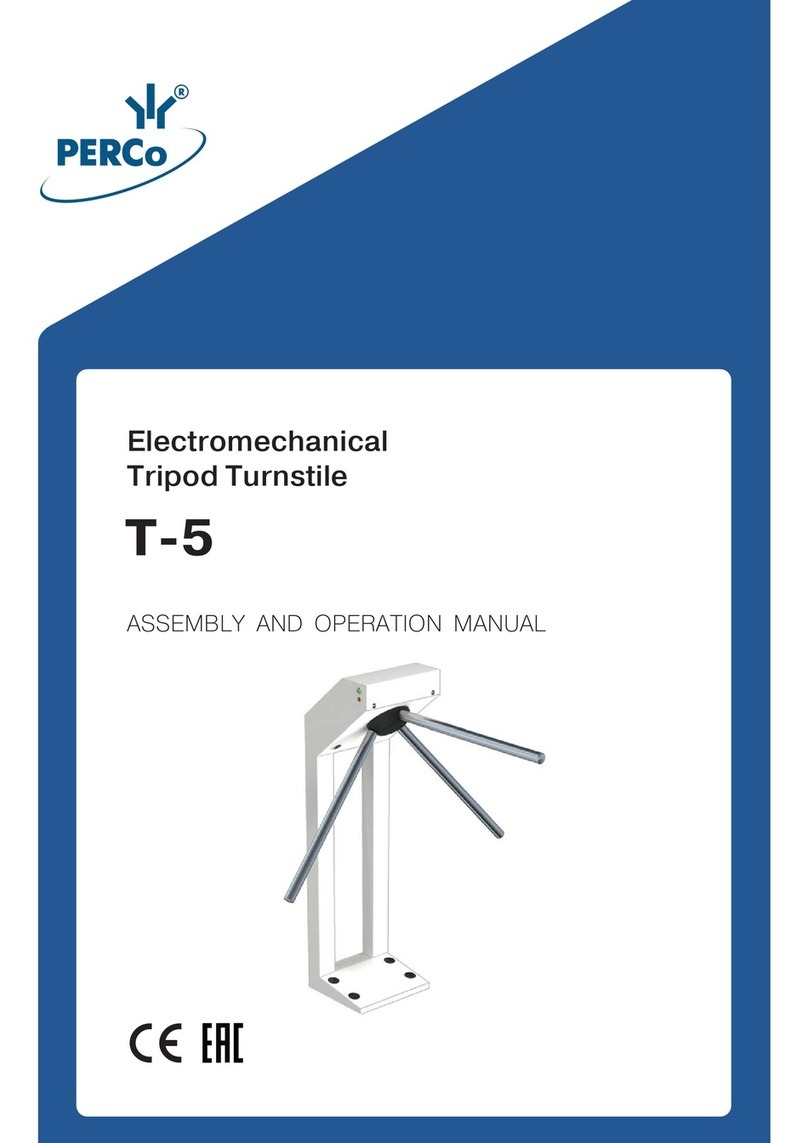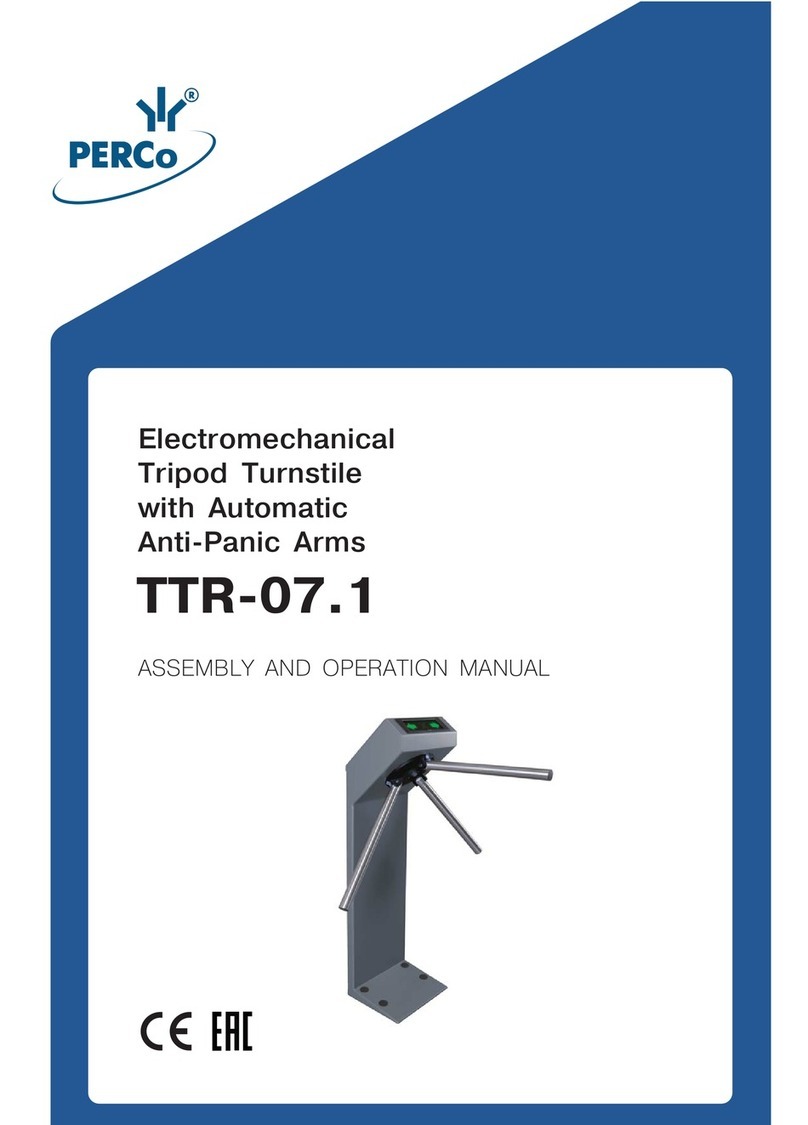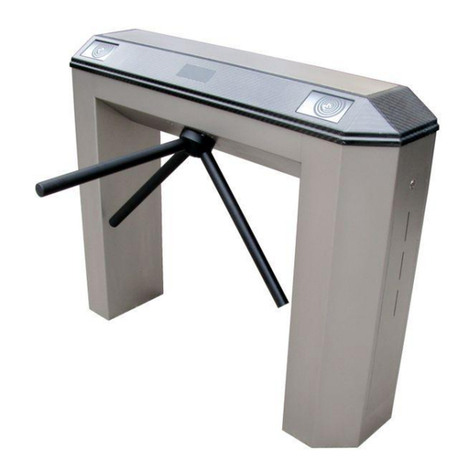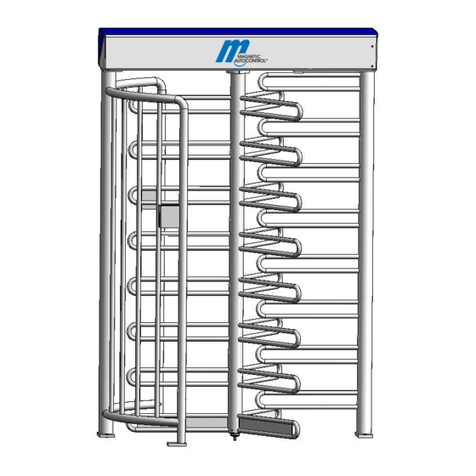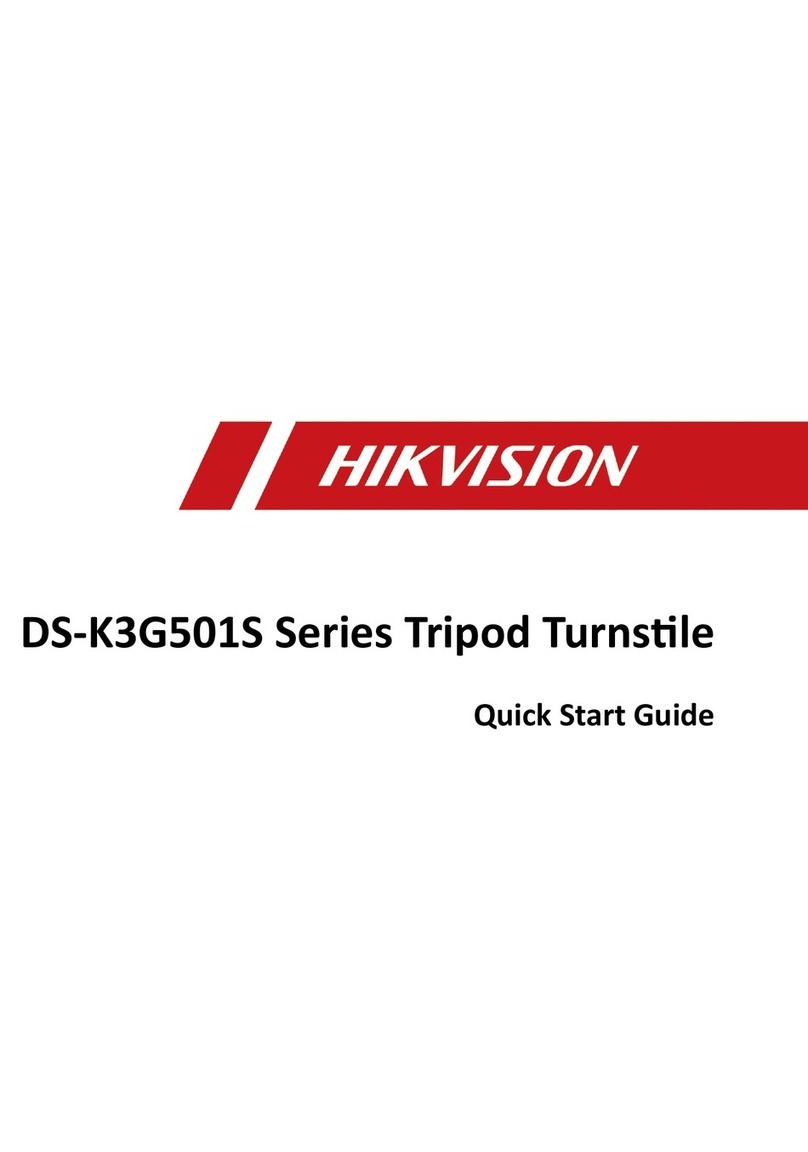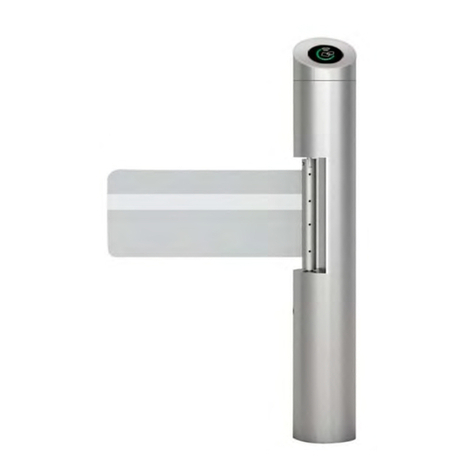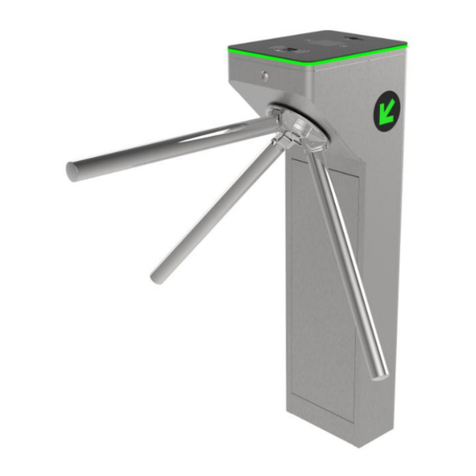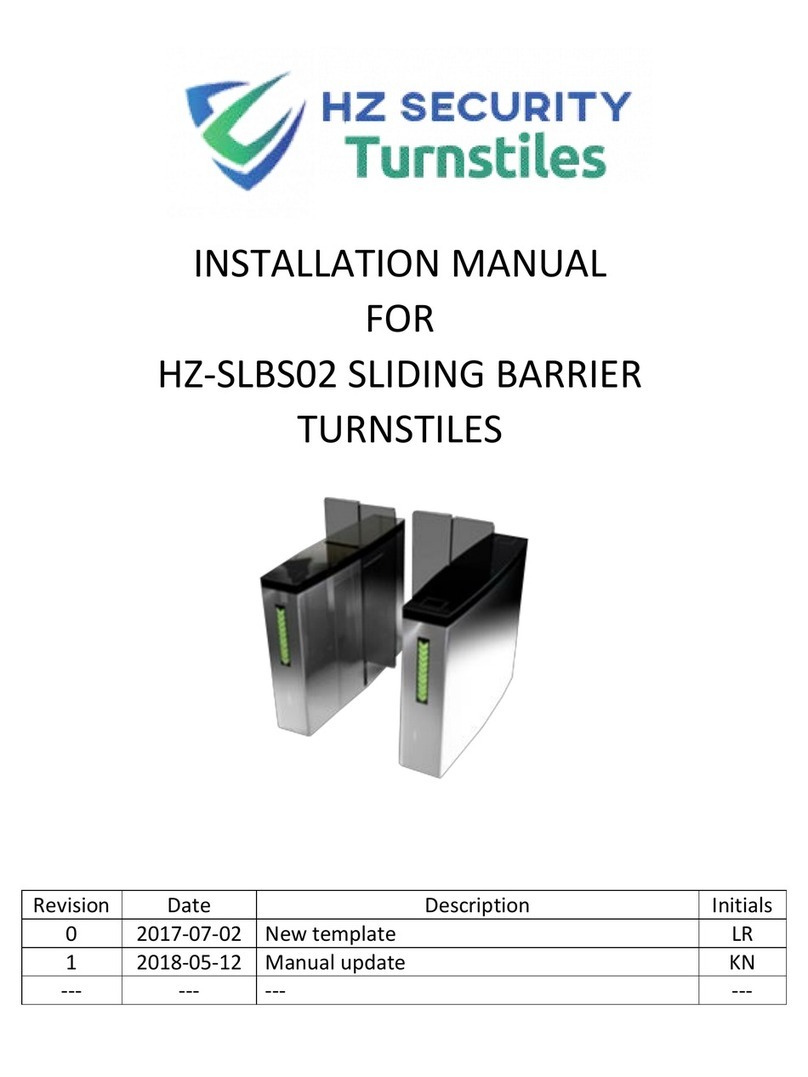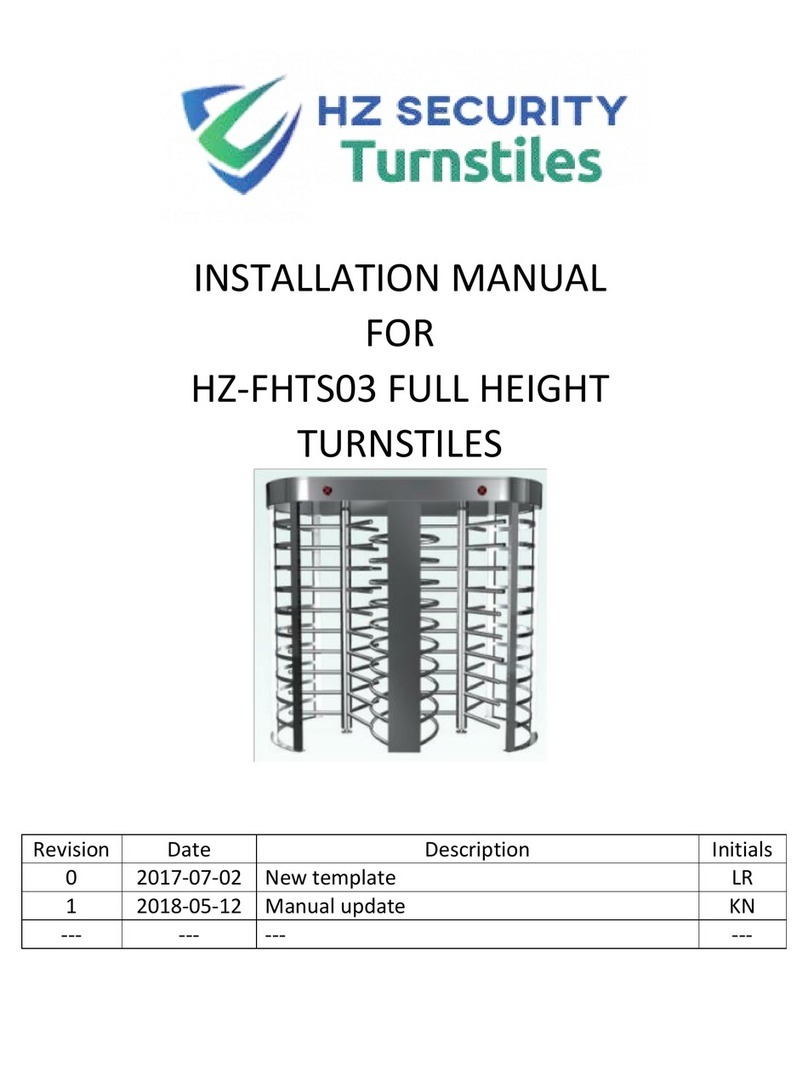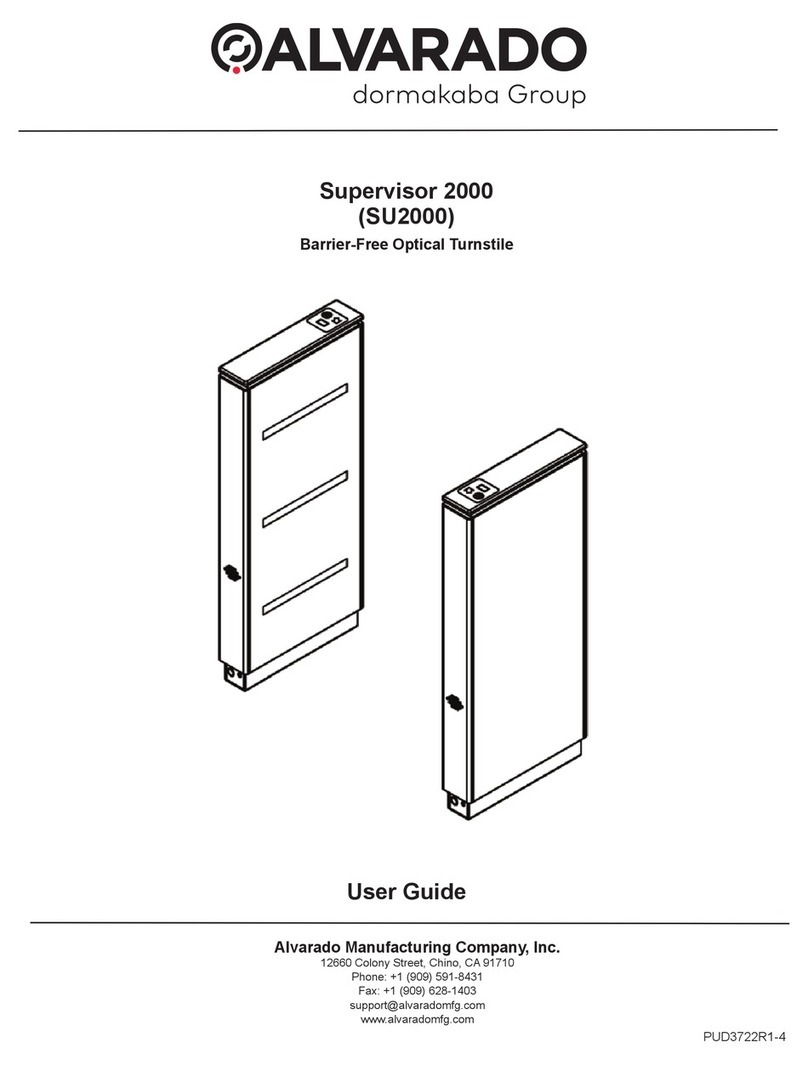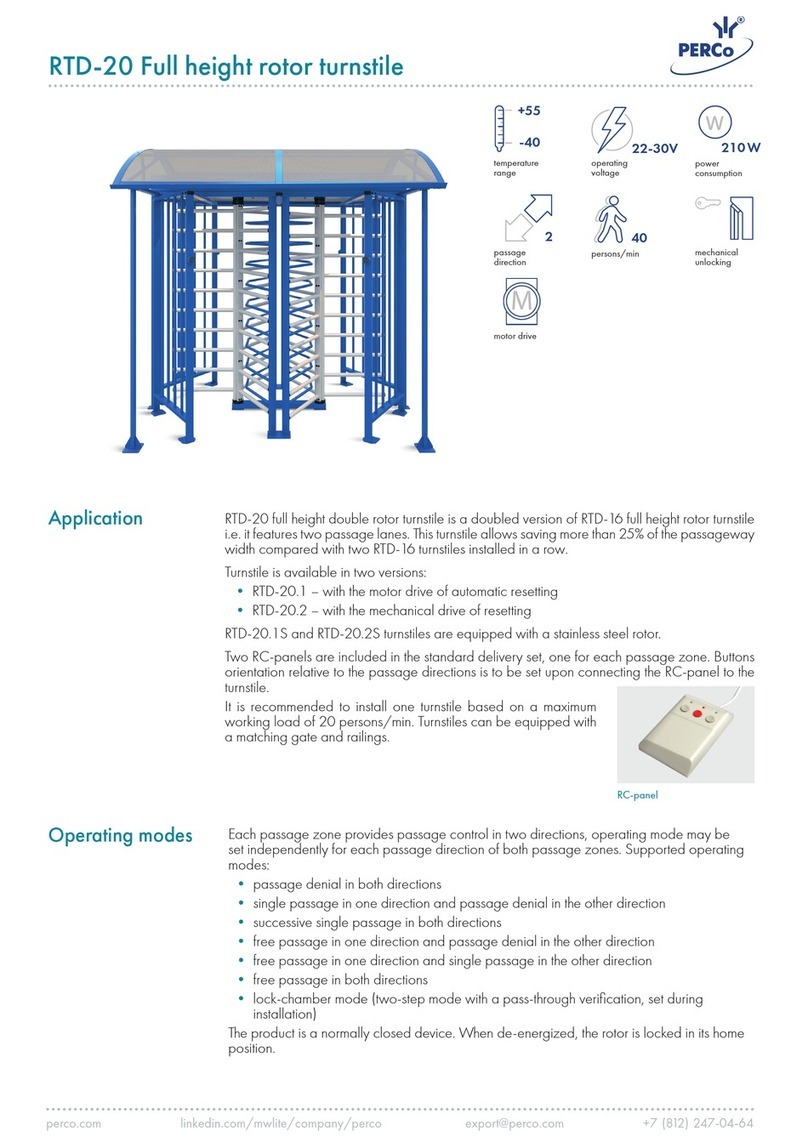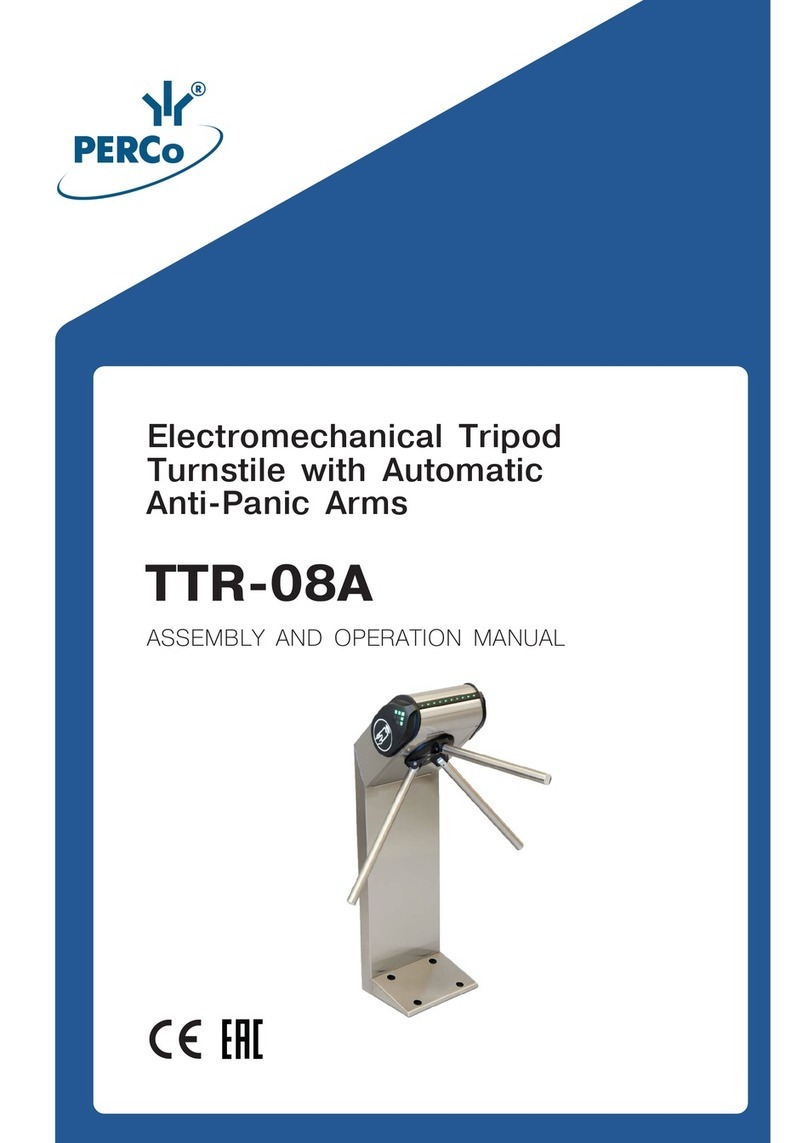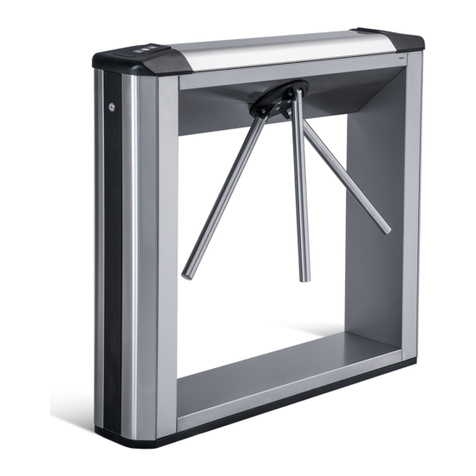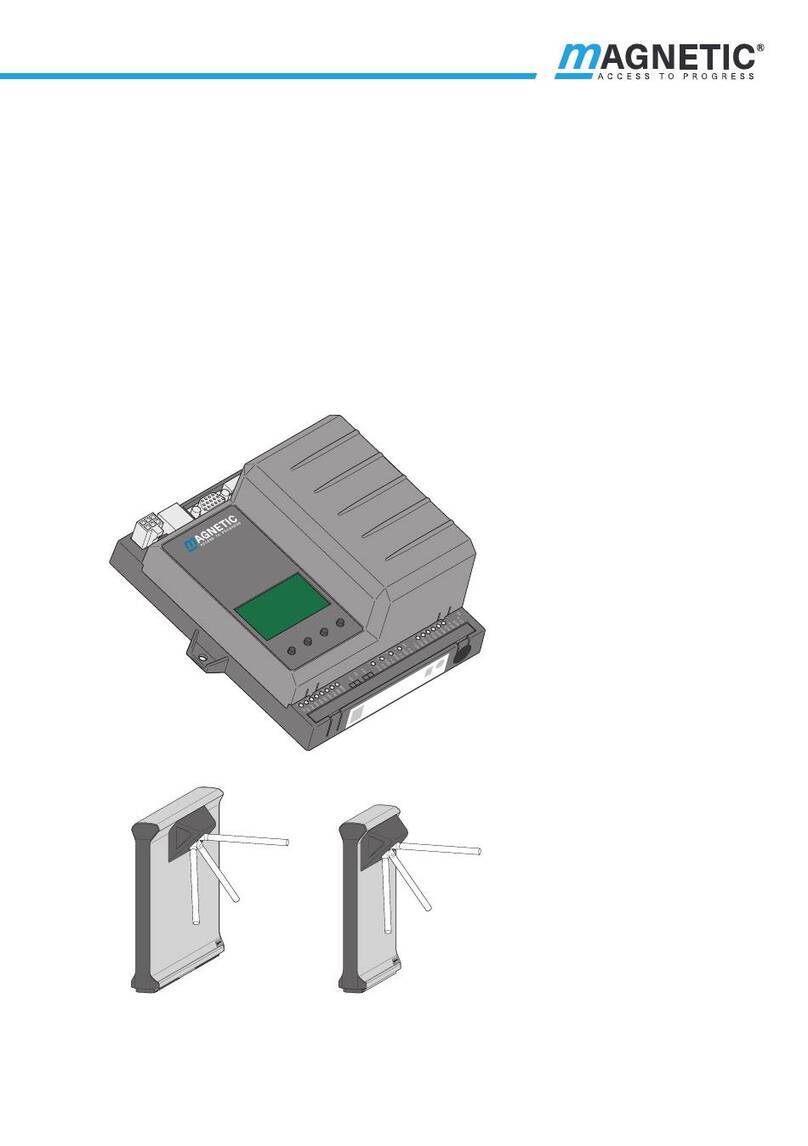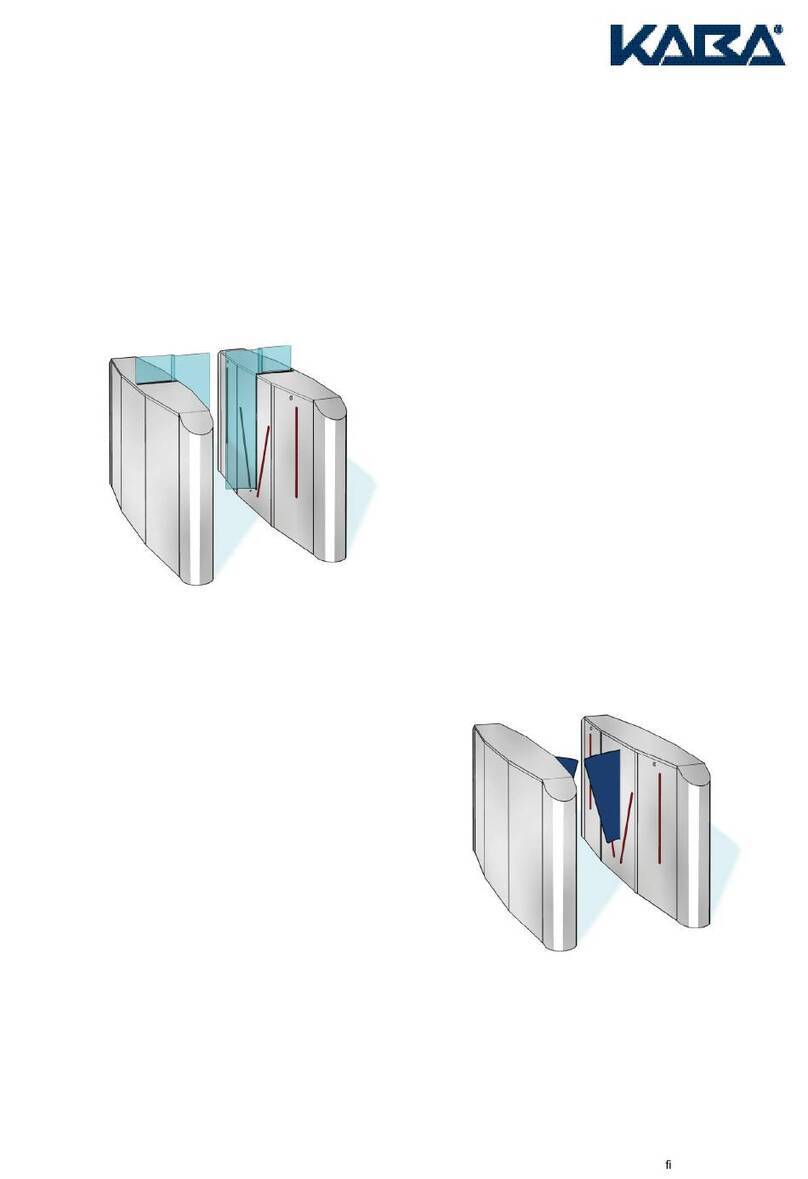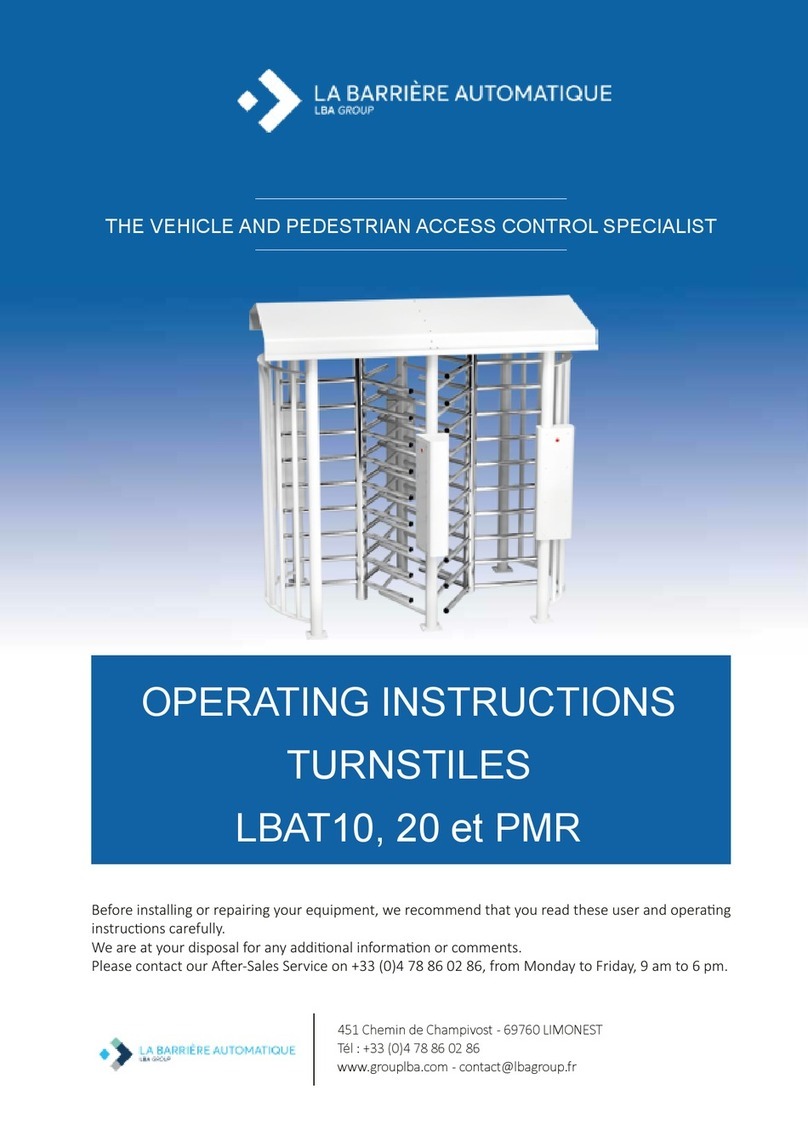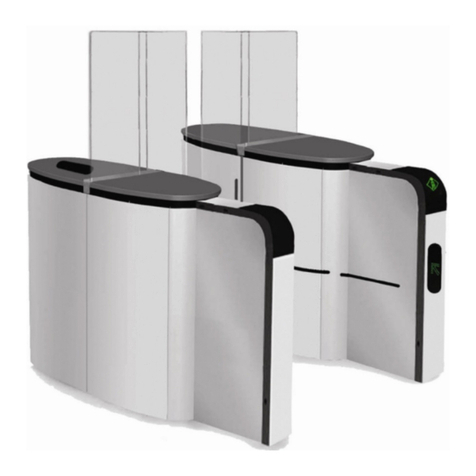
CONTENT
1APPLICATION......................................................................................................................... 3
2OPERATION CONDITIONS.................................................................................................... 3
3TECHNICAL SPECIFICATIONS ............................................................................................. 3
4DELIVERY SET....................................................................................................................... 4
4.1Standard delivery set..................................................................................................... 4
4.1.1Modification TTR-10AT.......................................................................................... 4
4.1.2Modification TTR-10AK ......................................................................................... 5
4.1.3Modification TTR-10AB ......................................................................................... 5
4.2Optional equipment supplied on request....................................................................... 6
5BRIEF DESCRIPTION............................................................................................................. 6
5.1Main features................................................................................................................. 6
5.2Design........................................................................................................................... 6
5.2.1Turnstile housing and base ................................................................................... 7
5.2.2LED indication unit................................................................................................. 7
5.2.3RC-panel ............................................................................................................... 8
5.2.4Control and interface boards................................................................................. 8
5.2.5Control signals..................................................................................................... 11
5.2.6Turnstile control modes....................................................................................... 12
5.2.7Turnstile mechanism operation algorithm............................................................ 12
5.3Operation devices ....................................................................................................... 13
5.3.1RC-panel connection........................................................................................... 13
5.3.2Emergency unblocking device Fire Alarm........................................................... 14
5.3.3Operation with an ACS controller........................................................................ 14
5.4Additional devices connectable to the turnstile ........................................................... 15
5.4.1Relay outputs....................................................................................................... 15
5.4.2Intrusion detector and siren................................................................................. 16
5.4.3Remote indicators................................................................................................ 16
5.5Operation contingencies and response....................................................................... 17
6MARKING AND PACKAGING............................................................................................... 17
7SAFETY REQUIREMENTS................................................................................................... 18
7.1Installation safety requirements................................................................................... 18
7.2Operation safety requirements.................................................................................... 18
8INSTALLATION INSTRUCTIONS......................................................................................... 18
8.1Installation details........................................................................................................ 18
8.2Installation tools........................................................................................................... 19
8.3Length of cables.......................................................................................................... 20
8.4Installation procedure.................................................................................................. 20
8.5Connection layout........................................................................................................ 24
9OPERATION INSTRUCTIONS.............................................................................................. 26
9.1Power-up..................................................................................................................... 26
9.2Operating modes of the turnstile at pulse control mode.............................................. 26
9.3Operating modes of the turnstile at potential control mode......................................... 27
9.4Actions in emergency.................................................................................................. 28
9.5Troubleshooting........................................................................................................... 28
10MAINTENANCE..................................................................................................................... 29
11TRANSPORTATION AND STORAGE .................................................................................. 30
Appendix 1. Control signal algorithm at pulse control mode.................................................. 30
Appendix 2. Control signal algorithm at potential control mode............................................. 31
